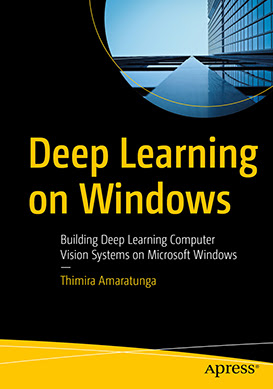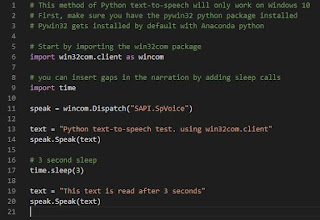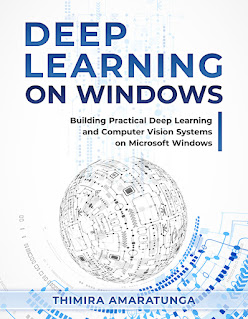If you have been using data generators in Keras, such as ImageDataGenerator for augment and load the input data, then you would be familiar with the using the *_generator() methods (fit_generator(), evaluate_generator(), etc.) to pass the generators when trainning the model.
But recently, if you have switched to TensorFlow 2.1 or later (and tf.keras), you might have been getting a warning message such as,
Model.fit_generator (from tensorflow.python.keras.engine.training) is deprecated and will be removed in a future version.
Instructions for updating:
Please use Model.fit, which supports generators.
Or,
Model.evaluate_generator (from tensorflow.python.keras.engine.training) is deprecated and will be removed in a future version.
Instructions for updating:
Please use Model.evaluate, which supports generators.
 |
| fit_generator() Deprecation Warning |
This is because in tf.keras, as well as the latest version of multi-backend Keras, the model.fit() function can take generators as well.







